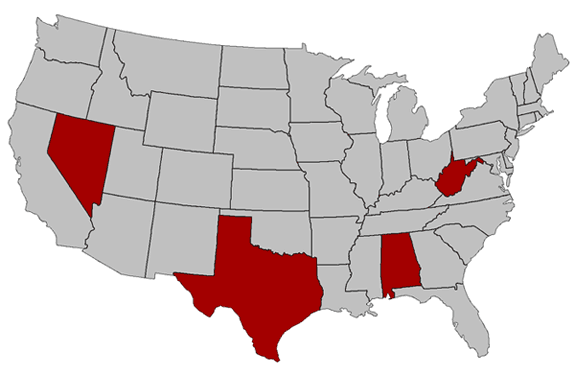Case Studies
LEED AND STEEL
MR Credit 2.1: Construction Waste Management: Divert 50% From Disposal
1 Point
- Intent
Divert construction, demolition and land-clearing debris from disposal in landfills and incinerators. Redirect recy- clable recovered resources back to the manufacturing process. Redirect reusable materials to appropriate sites. - Requirements
Recycle and/or salvage at least 50% of non-hazardous construction and demolition debris. Develop and implement a construction waste management plan that, at a minimum, identifies the materials to be diverted from disposal and whether the materials will be sorted on-site or co-mingled. Excavated soil and land-clearing debris do not contribute to this credit. Calculations can be done by weight or volume, but must be consistent throughout. - Potential Technologies & Strategies
Establish goals for diversion from disposal in landfills and incinerators and adopt a construction waste manage- ment plan to achieve these goals. Consider recycling cardboard, metal, brick, acoustical tile, concrete, plastic, clean wood, glass, gypsum wallboard, carpet and insulation. Designate a specific area(s) on the construction site for segregated or comingled collection of recyclable materials, and track recycling efforts throughout the construction process. Identify construction haulers and recyclers to handle the designated materials. Note that diversion may include donation of materials to charitable organizations and salvage of materials on-site.
MR Credit 2.2: Construction Waste Management: Divert 75% From Disposal
1 Point in addition to MR Credit 2.1
- Intent
Divert construction and demolition debris from disposal in landfills and incinerators. Redirect recyclable recovered resources back to the manufacturing process. Redirect reusable materials to appropriate sites. - Requirements
Recycle and/or salvage an additional 25% beyond MR Credit 2.1 (75% total) of non-hazardous construction and demolition debris. Excavated soil and land-clearing debris do not contribute to this credit. Calculations can be done by weight or volume, but must be consistent throughout. - Potential Technologies & Strategies
Establish goals for diversion from disposal in landfills and incinerators and adopt a construction waste manage- ment plan to achieve these goals. Consider recycling cardboard, metal, brick, acoustical tile, concrete, plastic, clean wood, glass, gypsum wallboard, carpet and insulation. Designate a specific area(s) on the construction site for segregated or commingled collection of recyclable materials, and track recycling efforts throughout the construction process. Identify construction haulers and recyclers to handle the designated materials. Note that diversion may include donation of materials to charitable organizations and salvage of materials on-site.

